There are 100 days left of this year. How are you doing on the resolutions that you set in January?
Every New Year people set goals–or resolutions–for the year. After all, January 1st offers a fresh start. There are 365 days in front of you which you can use to create the life you want.
 Unfortunately, things don’t always go as planned. In fact, when trying to achieve their New Year’s resolutions, most people fall of the wagon around February. Maybe one of the following scenarios looks familiar:
Unfortunately, things don’t always go as planned. In fact, when trying to achieve their New Year’s resolutions, most people fall of the wagon around February. Maybe one of the following scenarios looks familiar:
- You’re still 15 pounds overweight.
- You’re no closer to finishing your novel than you were at the start of the year.
- You read two books in January, but haven’t cracked another book open since then.
- You started taking a MOOC to upgrade your job skills, but you only completed 40% of it.
If any of these sound like you, don’t despair. You can put the last 100 days of the year to good use. Here are 15 ways to salvage your resolutions in the next 100 days:
 1. Everyone wants to start the year with a clean slate, which often means getting the house in order. The first step you need to take in order to achieve an organized home is to declutter. So, if you failed to declutter at the start of the year, do it now. Every day for the next 100 days, get rid of one item in your home which you no longer find beautiful or useful.
1. Everyone wants to start the year with a clean slate, which often means getting the house in order. The first step you need to take in order to achieve an organized home is to declutter. So, if you failed to declutter at the start of the year, do it now. Every day for the next 100 days, get rid of one item in your home which you no longer find beautiful or useful.
 2. There were probably several do-it-yourself projects that needed to get done around the house in your list of goals for this year. How many did you get to? Never mind. Walk around your home and identify 100 things that need to be fixed or replaced.
2. There were probably several do-it-yourself projects that needed to get done around the house in your list of goals for this year. How many did you get to? Never mind. Walk around your home and identify 100 things that need to be fixed or replaced.
Resolve to fix one-a-day for the next 100 days. Here are three examples: change a burnt out light bulb; get a new shower curtain; and tighten the screws on the kitchen cabinet door.
 3.Volunteering to help others is something else that people often include in their New Year’s resolutions. It’s not too late to get to work on helping others this year. Resolve to do 100 random acts of kindness in the next 100 days. It doesn’t have to be anything big. Here are some ideas:
3.Volunteering to help others is something else that people often include in their New Year’s resolutions. It’s not too late to get to work on helping others this year. Resolve to do 100 random acts of kindness in the next 100 days. It doesn’t have to be anything big. Here are some ideas:
- Carry your elderly neighbor’s groceries into the house for her.
- Take the time to stop and give directions to a tourist who looks lost.
- Give all of your spare change to the street musician singing his or her heart out in front of the Starbucks.
 4. Did “enjoy life more” make it into your list of goals for this year? If so, you may not have done so well during the first nine months of the year, but you can resolve to do much better in the last three. Make a list of Fall and Winter activities that make you happy, and do one each day for the next 100 days. Again, the trick is to keep things small.
4. Did “enjoy life more” make it into your list of goals for this year? If so, you may not have done so well during the first nine months of the year, but you can resolve to do much better in the last three. Make a list of Fall and Winter activities that make you happy, and do one each day for the next 100 days. Again, the trick is to keep things small.
Here are three ideas for Fall:
- Go for a walk and take in the clean, crisp autumn air.
- Bake cookies shaped like autumn leaves.
- Get a big bag of fresh candy corn and eat a handful each day of October (you can cheat and take two handfuls; I know I will).
Here are three ideas for Winter:
- Make eggnog using your grandmother’s secret recipe.
- Go ice skating.
- Build a snowman.
 5. Did you barely make a dent on your bucket list this year? If you didn’t start training in January, you probably won’t be running a marathon this year. In addition, if you didn’t start planning for a trip to Paris, France early in the year, in all likelihood this won’t be the year you finally get to see the Eiffel Tower. However, you still have time to cross some items off of your bucket list.
5. Did you barely make a dent on your bucket list this year? If you didn’t start training in January, you probably won’t be running a marathon this year. In addition, if you didn’t start planning for a trip to Paris, France early in the year, in all likelihood this won’t be the year you finally get to see the Eiffel Tower. However, you still have time to cross some items off of your bucket list.
There are plenty of goals which can be accomplished in 100 days. Take out your bucket list, look through it, and pick one item which you can realistically cross off before the end of the year. Then, get to work on it!
 6. Has “write a novel” been on your list of New Year’s resolutions for the past ten years? Well, if you want to be a writer, the first step you need to take is to read a lot. The famous author Ray Bradbury—who wrote some 500 short stories, novels, plays and poems–, handed down lots of great advice for would-be writers. One of the things he recommended was to read short stories.
6. Has “write a novel” been on your list of New Year’s resolutions for the past ten years? Well, if you want to be a writer, the first step you need to take is to read a lot. The famous author Ray Bradbury—who wrote some 500 short stories, novels, plays and poems–, handed down lots of great advice for would-be writers. One of the things he recommended was to read short stories.
Make a list of 100 short stories you can read in 15 minutes or less and read one a day for the next 100 days. You can start with “A Perfect Day for Bananafish” by J.D. Salinger; it’s the first of his short stories to feature the fictional Glass family.
 7. Of course, if you want to be a writer the other side of the coin is that you have to write. And, you’re in luck! November is National Novel Writing Month (NaNoWriMo). Join all the other procrastinators who left their “write a novel” goal until the end of the year and write a 50,000-word novel in 30 days.
7. Of course, if you want to be a writer the other side of the coin is that you have to write. And, you’re in luck! November is National Novel Writing Month (NaNoWriMo). Join all the other procrastinators who left their “write a novel” goal until the end of the year and write a 50,000-word novel in 30 days.
Do the following:
- Use the remaining days of September to choose a genre.
- Use October to plot your novel.
- Use November to write your novel.
- Use December to edit your novel.
And, voila! By the end of the year you’ll have a manuscript of your very first novel sitting in front of you. Yes, you can!
 8. A lot of people want to improve their education. If this is one of the items that made it into your list of things to do this year, there’s good news: you can learn world history in 100 days, by devoting just fifteen minutes a day.
8. A lot of people want to improve their education. If this is one of the items that made it into your list of things to do this year, there’s good news: you can learn world history in 100 days, by devoting just fifteen minutes a day.
How? The BBC offers a series of 15-minute podcasts titled A History of the World in 100 Objects. You’ll be exploring the history of the world from two million years ago to the present through 100 objects in the British Museum collection.
 9. Another great way to improve your education in the next 100 days is by selecting 100 TED Talks–TED Talks are a set of global conferences covering diverse subjects, from “The Magic of the Amazon”, to “How Your Body Language Shapes Who You Are”. Each TED Talk is about eighteen minutes long, so you can watch one a day while you have lunch. You can get started with these twenty (hand-picked by me).
9. Another great way to improve your education in the next 100 days is by selecting 100 TED Talks–TED Talks are a set of global conferences covering diverse subjects, from “The Magic of the Amazon”, to “How Your Body Language Shapes Who You Are”. Each TED Talk is about eighteen minutes long, so you can watch one a day while you have lunch. You can get started with these twenty (hand-picked by me).
 10. Is “reading the classics” on your goals list for this year? It’s on mine, and I’m making good progress. If your progress on this goal has been less than stellar, there’s still time to change that.
10. Is “reading the classics” on your goals list for this year? It’s on mine, and I’m making good progress. If your progress on this goal has been less than stellar, there’s still time to change that.
Leo Tolstoy’s “War and Peace” is perhaps the greatest classic of all. However, at around 1,300 pages, it’s also one of the most daunting. The small steps approach works well here: if you divide 1,300 by 100, you get 13. Anyone can read 13 pages a day.
Use the last 100 days of the year to move “War and Peace” from the “want to read” pile, to the “read” pile.
 11. In the area of personal development, a lot of people want to learn to deal with rejection. After all, you can’t get very far in life without putting yourself out there, which means opening yourself up to being rejected. And most people fear rejection.
11. In the area of personal development, a lot of people want to learn to deal with rejection. After all, you can’t get very far in life without putting yourself out there, which means opening yourself up to being rejected. And most people fear rejection.
Jia Jiang came up with the following solution: the fear-busting therapy. It consists of making 100 crazy requests–one a day for 100 days–in order to get rejected. The idea is that if you get rejected over and over again, you become desensitized to the pain of rejection and you stop fearing it. You’ll be starting the next year fully inoculated against rejection.
 12. People seldom write “I want to be happier” as one of their goals. However, at the end of the day what we’re all chasing is happiness. Increase your happiness in the last 100 days of this year by taking the 100 Happy Days Challenge.
12. People seldom write “I want to be happier” as one of their goals. However, at the end of the day what we’re all chasing is happiness. Increase your happiness in the last 100 days of this year by taking the 100 Happy Days Challenge.
It’s a social media experiment that asks people to stop once a day and take a picture of something that makes them happy and share it on Facebook, Twitter, or Instagram using the hashtag #100happydays.
 13. Reducing your levels of stress was probably on your list of New Year’s resolutions. And, in all likelihood, your stress levels rose this year instead of dropping. Once again, it’s not too late to take action before you’re watching the ball drop in Times Square on the 31st.
13. Reducing your levels of stress was probably on your list of New Year’s resolutions. And, in all likelihood, your stress levels rose this year instead of dropping. Once again, it’s not too late to take action before you’re watching the ball drop in Times Square on the 31st.
The big daddy of stress reduction is yoga. You can easily get started with yoga– in the comfort of your own home– simply by learning Sun Salutation. Sun Salutation is a series of yoga poses performed in a continuous flowing sequence, which is usually done first thing in the morning. The poses aren’t complicated, and it doesn’t take long to complete a few rounds.
Do three rounds of Sun Salutation every day from now until the end of the year, and feel your stress melt away.
 14. Very few people don’t include “lose weight” on their list of New Year’s resolutions. If the needle on the bathroom scale hasn’t budged all year, don’t despair: you still have time to lose 15 pounds by the end of the year.
14. Very few people don’t include “lose weight” on their list of New Year’s resolutions. If the needle on the bathroom scale hasn’t budged all year, don’t despair: you still have time to lose 15 pounds by the end of the year.
Losing a pound of fat requires burning 3500 calories. If you create a 500 calorie daily deficit from here until December 31st, you’ll be ringing in the New Year with a svelte, trim figure. Just reduce your daily calorie intake by 250 calories by making simple food switches, and burn an additional 250 calories a day by going for a brisk 30-minute walk.
 15. Is “get a better job” on your list of goals for this year? If so, you can put the last 100 days of the year to good use by developing a skill that will make you more attractive to potential employers.
15. Is “get a better job” on your list of goals for this year? If so, you can put the last 100 days of the year to good use by developing a skill that will make you more attractive to potential employers.
Pick a skill that would look great on your resume and set aside one hour a day, every day for the next 100 days of the year, in order to learn that skill. There are very few skills that can’t be learned in 100 hours.
Conclusion
There’s still time to make this a great year! Use the 15 suggestions above to salvage your resolutions–those goals you set at the start of the year–by using the 100 days of the year that you have left .





Related Posts:
- How to Make the Most of the 100 Days Left of 2016
- 18 Powerful Tips for Overcoming Procrastination
- 12 Tips for Defeating Procrastination and Gearing Up for Action
- 65 Procrastination Quotes That Will Shift You Into Action-Mode
Did you enjoy this article? Subscribe to “Daring to Live Fully” by clicking here and get free updates.














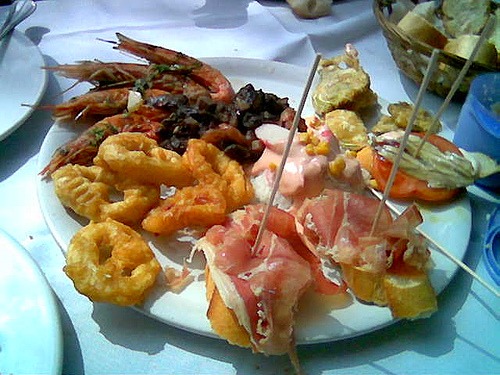







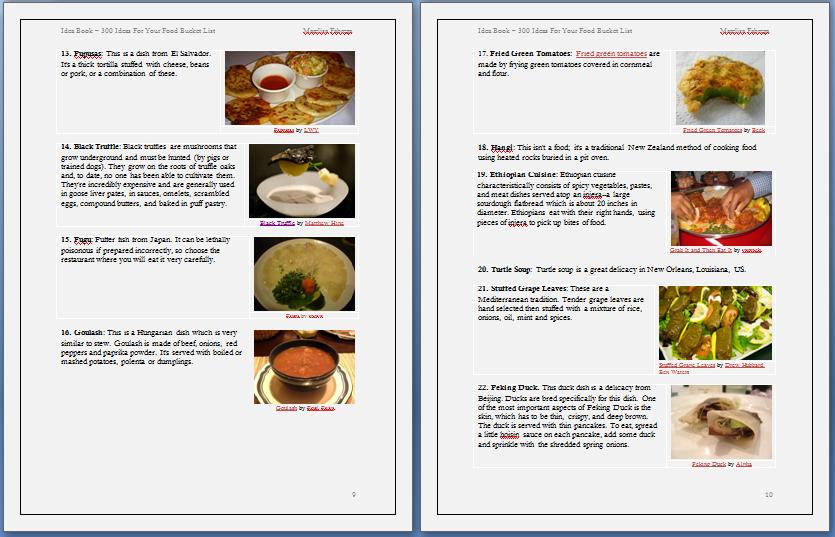



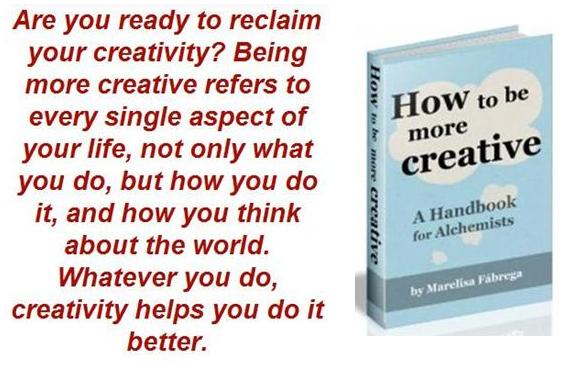
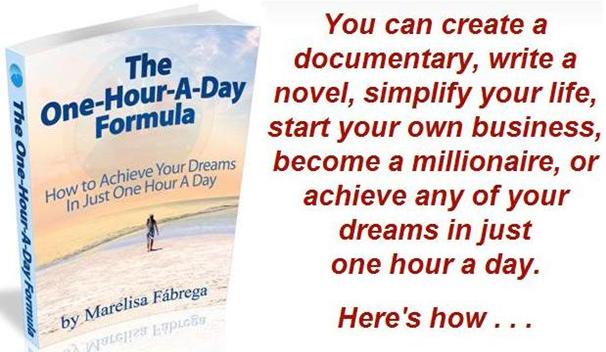
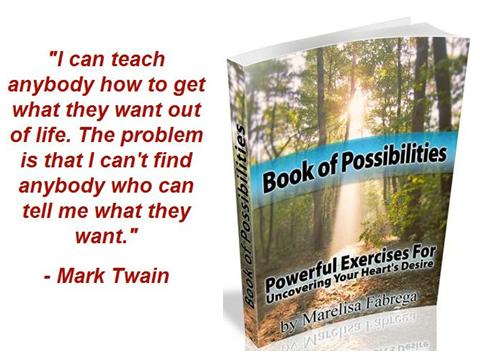

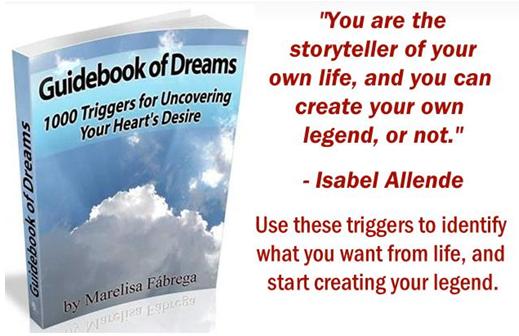
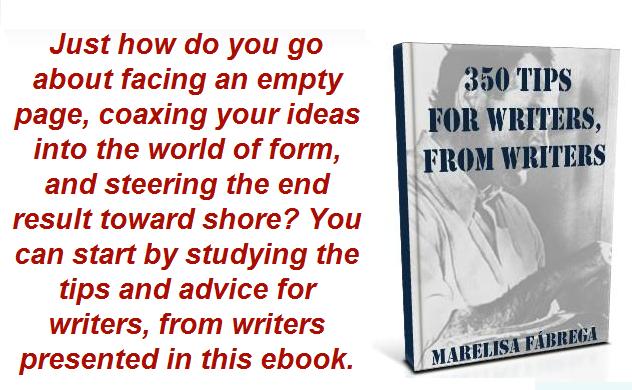






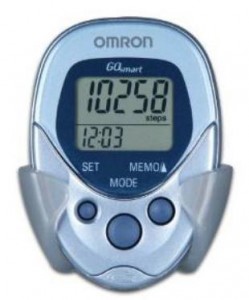

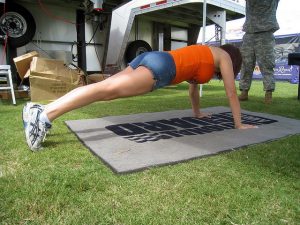

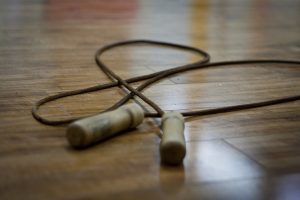
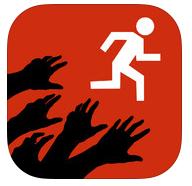


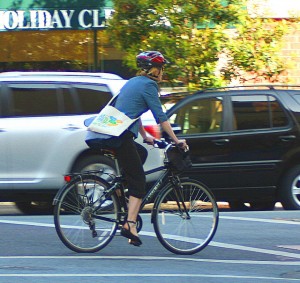



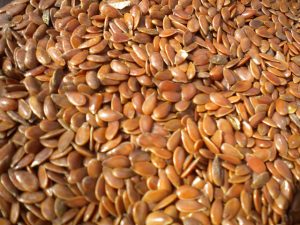



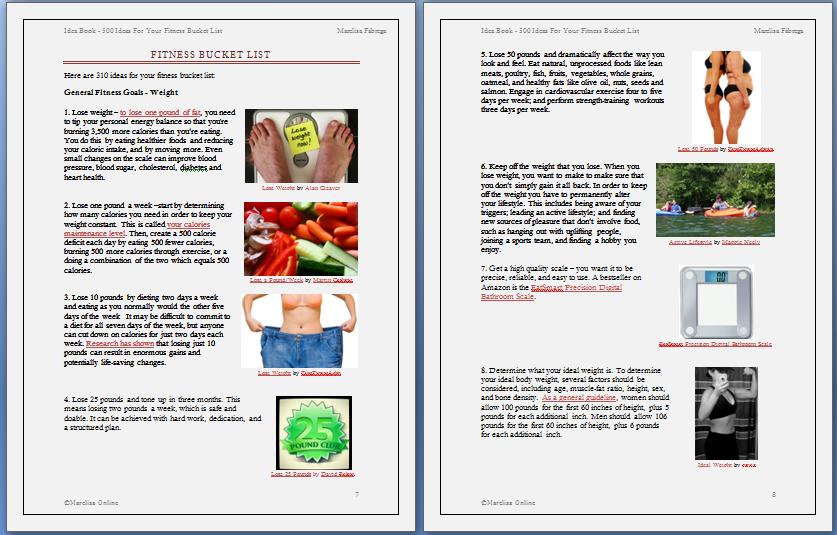





































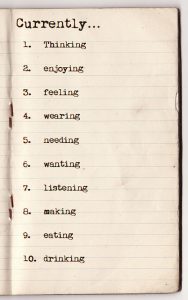

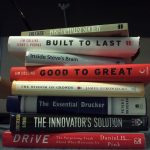





 19. Start a Happiness Journal. The field of positive psychology studies how humans thrive. One way to apply the happiness principles uncovered by positive psychologists is to keep a Happiness Journal in which you chronicle your application of said principles.
19. Start a Happiness Journal. The field of positive psychology studies how humans thrive. One way to apply the happiness principles uncovered by positive psychologists is to keep a Happiness Journal in which you chronicle your application of said principles. Marelisa Fabrega is a lawyer and entrepreneur. She holds a Bachelor of Science in Business Administration from Georgetown University in Washington, D.C., as well as a Juris Doctor from the Georgetown University Law Center. You can learn more about her
Marelisa Fabrega is a lawyer and entrepreneur. She holds a Bachelor of Science in Business Administration from Georgetown University in Washington, D.C., as well as a Juris Doctor from the Georgetown University Law Center. You can learn more about her 





